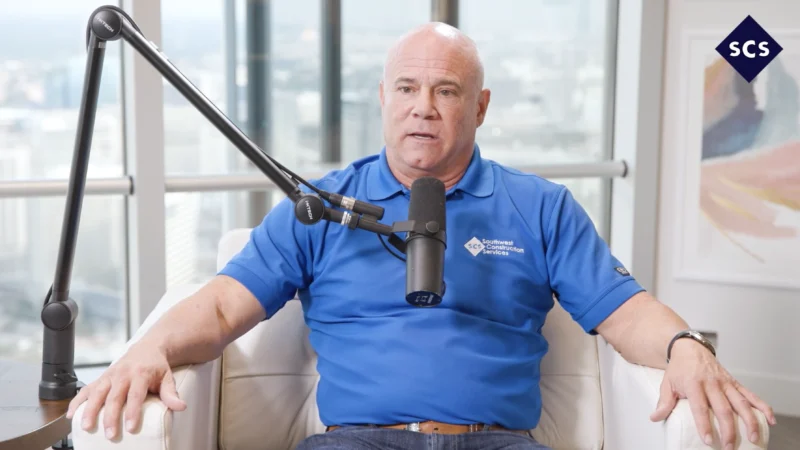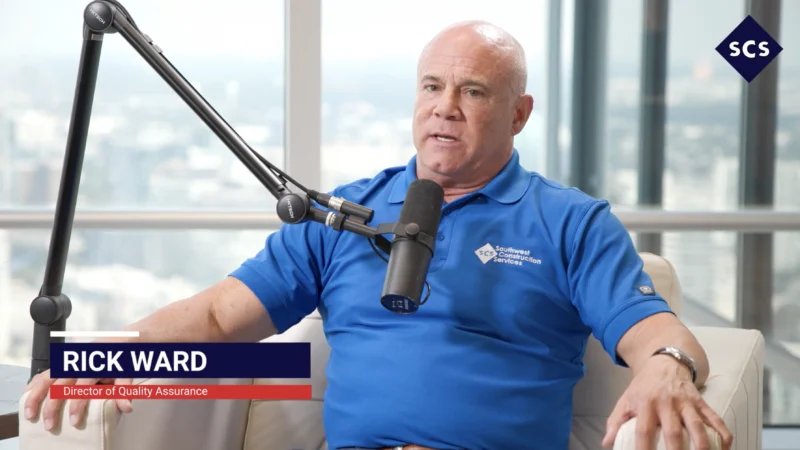Field Safety Leadership and Task Hazard Analysis with Scott Anders
Construction job sites are full of hazards. That’s the nature of the industry; however, that doesn’t mean that these risks are inevitable. Through task hazard analysis, construction leaders can be more proactive about safety and accident prevention. VCC Safety Director Scott Anders offers insights on this practice, who joined host Tyler Kern on Deconstruction with VCC.
First, Anders described the process. “Taking every task and breaking it down into steps. Then identifying the potential hazards in those steps and making plans to mitigate them before they happen.”
Since every task on a job site is inherently dangerous, there are no exceptions. Every task requires evaluation. Anders provided an example. “You may think a ground-level job of laying tile is simple, but there could be a crew two stories up working above you that could drop material on you. That’s a hazard.”
In analyzing the dangers of a task, safety leaders always consider the environment, which can change daily. “That’s why the analysis is done every day on the job site. And they’re fluid and can change throughout the day,” Anders noted.
One area of injury risk that also falls into this category is repetitive tasks. “Muscular skeletal injuries are common. The same motion all day every day require mitigation, which could be changing tools for a more comfortable grip or rotating positions,” Anders said.
A final point that Anders made is on who should complete the process. “Task hazard analysis should be completed by the people doing the work in the field. They’ll notice the hazards and observe the risk.”



